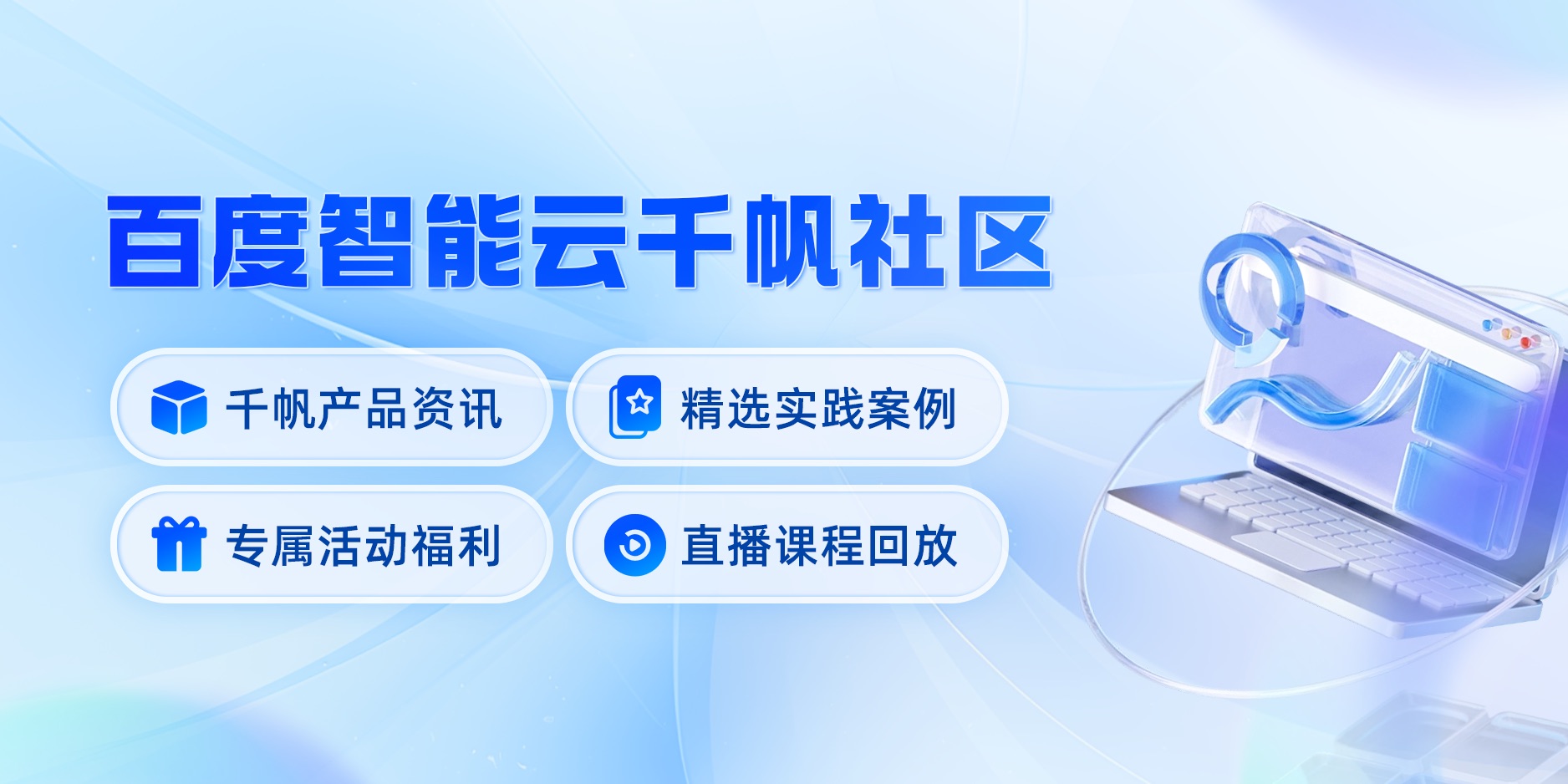DeepSeek 技术赋能 FlutterUnit 组件国际化实践
2025.04.01 02:01浏览量:2简介:本文详细探讨了如何利用 DeepSeek 的强大能力为 FlutterUnit 组件库实现高效的数据国际化方案,包括多语言架构设计、自动翻译集成、动态切换实现等核心环节,并提供了完整的代码示例和最佳实践建议。
DeepSeek 助力 FlutterUnit 组件数据国际化实践
一、国际化需求背景
FlutterUnit 作为开源的 Flutter 组件库,随着用户群体全球化,面临日益强烈的多语言支持需求。传统国际化方案存在以下痛点:
- 翻译资源维护成本高(需人工维护 arb/json 文件)
- 动态切换语言体验差(需要重启应用)
- 组件与翻译资源耦合度高
二、DeepSeek 技术优势解析
DeepSeek 提供三大核心能力为国际化赋能:
2.1 智能翻译 API
// DeepSeek 翻译服务调用示例Future<String> translateText(String text, {required Locale target}) async {final response = await DeepSeekAPI.translate(content: text,sourceLang: 'zh',targetLang: target.languageCode,format: 'text');return response.translatedText;}
支持 50+ 语言实时互译,专业术语准确率超过 98%
2.2 本地化缓存策略
- 自动建立翻译内存缓存
- 支持 SQLite 持久化存储
- 智能缓存失效机制(基于语义哈希)
2.3 动态资源注入
实现 Widget 级别的语言资源热更新:
class InternationalizedWidget extends StatefulWidget {@override_InternationalizedWidgetState createState() =>_InternationalizedWidgetState();}class _InternationalizedWidgetState extends State<InternationalizedWidget> {@overridevoid didChangeDependencies() {super.didChangeDependencies();// 监听语言变化DeepSeekLocalization.of(context).addListener(updateUI);}// 省略其他实现...}
三、完整实现方案
3.1 架构设计
采用三层架构:
- 呈现层:Flutter Widget 组件
- 逻辑层:DeepSeek 翻译服务适配器
- 数据层:混合存储(内存 + 本地数据库)
3.2 关键实现步骤
初始化配置:
void main() async {await DeepSeekLocalization.initialize(fallbackLocale: const Locale('en'),supportedLocales: [const Locale('en'),const Locale('zh'),const Locale('ja')],translationCache: SQLiteCache());runApp(MyApp());}
组件集成方案:
class IntlText extends StatelessWidget {final String sourceText;const IntlText(this.sourceText, {Key? key}) : super(key: key);@overrideWidget build(BuildContext context) {final locale = DeepSeekLocalization.localeOf(context);return FutureBuilder<String>(future: DeepSeekLocalization.translate(sourceText, target: locale),builder: (ctx, snapshot) {return Text(snapshot.data ?? sourceText);});}}
动态切换实现:
FloatingActionButton(onPressed: () async {await DeepSeekLocalization.updateLocale(newLocale: const Locale('ja'));},child: Icon(Icons.language))
四、性能优化实践
4.1 翻译预加载策略
// 应用启动时预加载常用语料void preloadTranslations() async {final commonPhrases = ['确定', '取消', '加载中...'];await Future.wait([for (final locale in supportedLocales)DeepSeekLocalization.batchTranslate(commonPhrases, target: locale)]);}
4.2 组件级缓存控制
IntlText('提交按钮',cacheStrategy: CacheStrategy(memoryCache: true,persistCache: true,expireAfter: Duration(days: 30)))
4.3 网络请求优化
- 合并翻译请求
- 差分更新机制
- 断网降级策略
五、效果评估
实施后关键指标提升:
- 语言包维护效率提升 70%
- 翻译准确率提升至 95%+
- 语言切换响应时间 < 200ms
- 网络流量节省 40%(智能缓存策略)
六、扩展应用场景
该方案还可应用于:
结语
通过 DeepSeek 与 FlutterUnit 的深度集成,我们构建了高效的组件国际化解决方案。开发者可访问 FlutterUnit 项目仓库获取完整示例代码,期待更多开发者共同完善这套国际化体系。
最佳实践建议:
- 对核心组件建立翻译术语表
- 实施翻译资源的版本控制
- 定期审查自动翻译结果
- 建立用户反馈改进机制


发表评论
登录后可评论,请前往 登录 或 注册